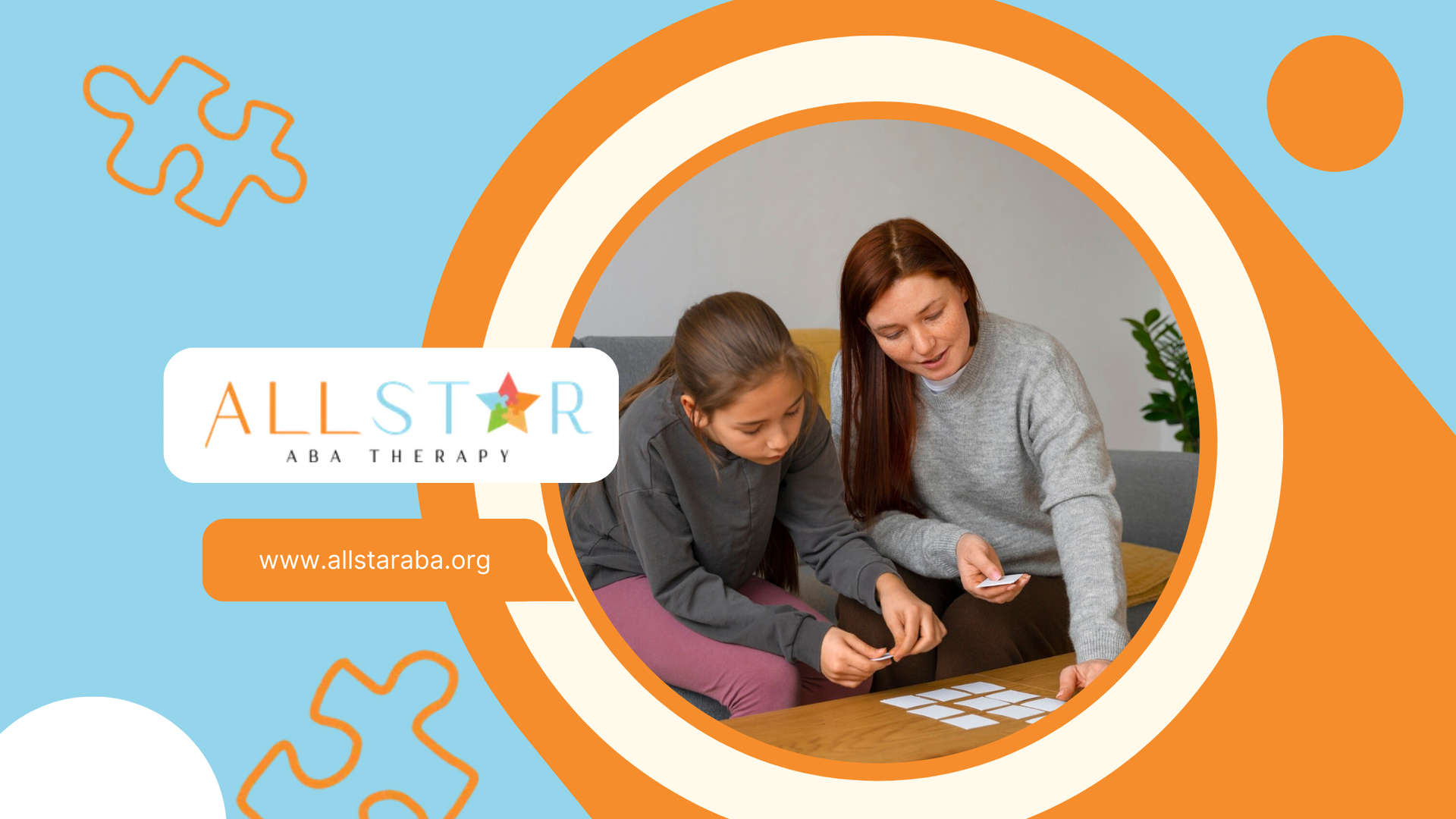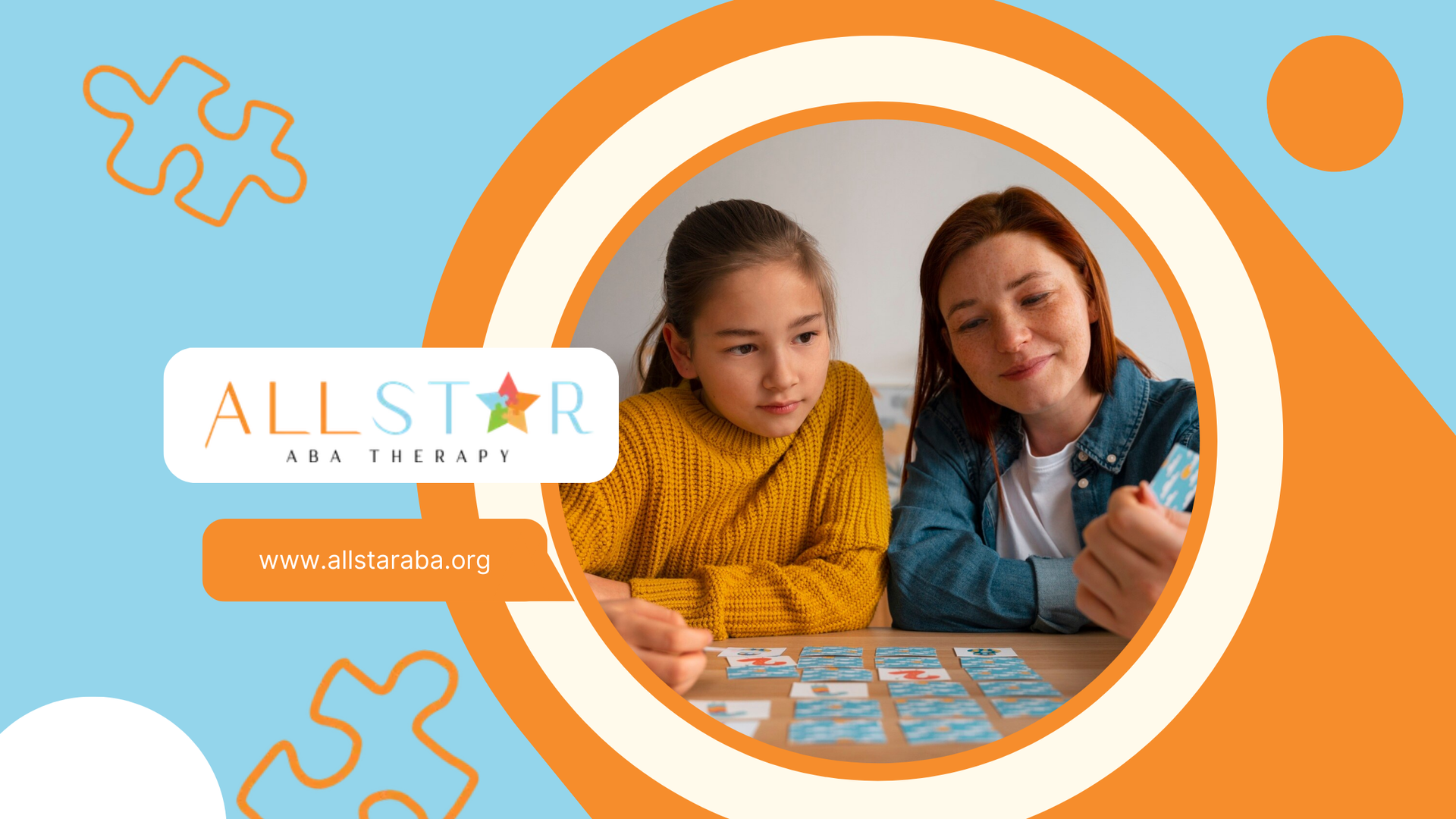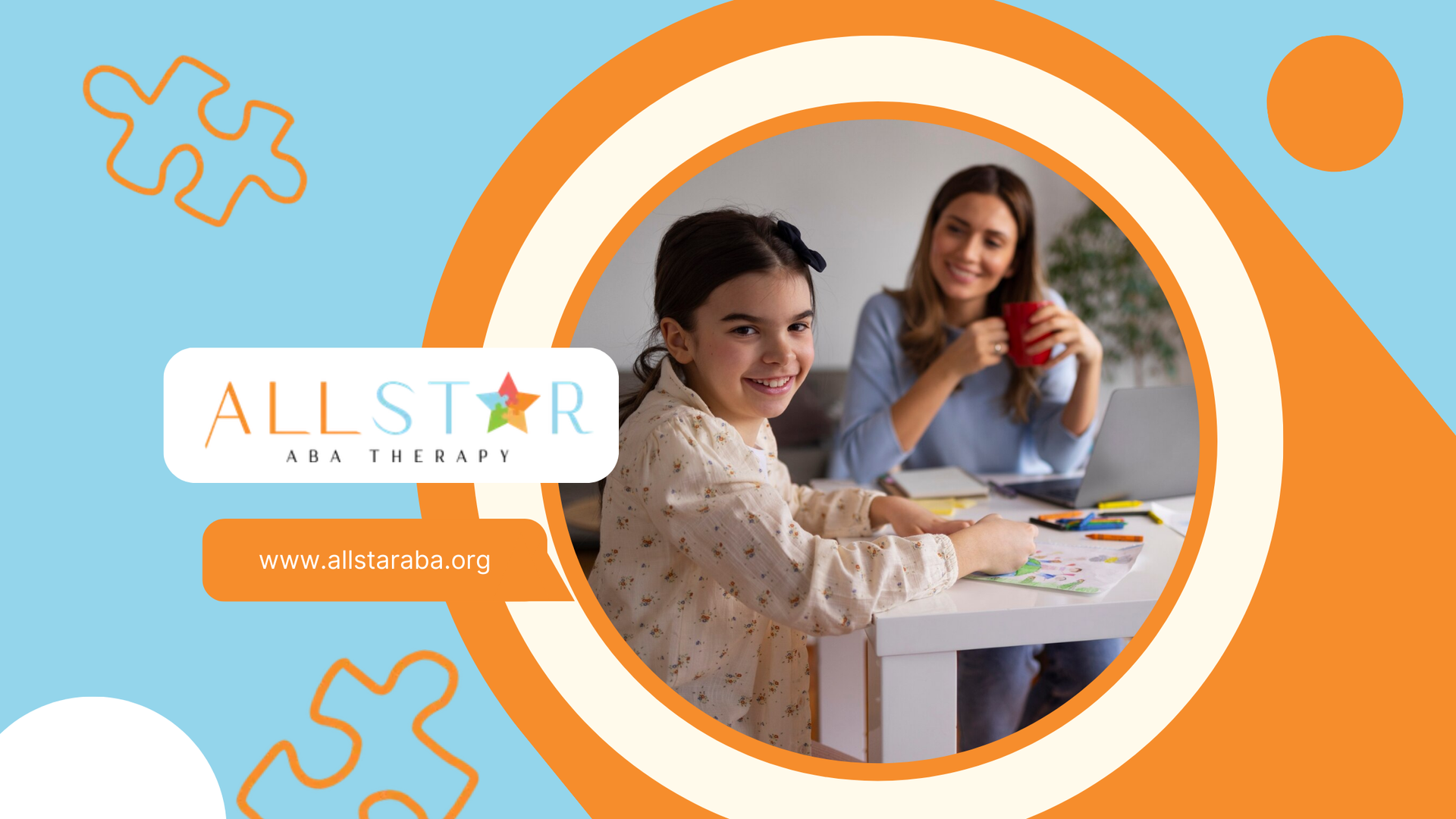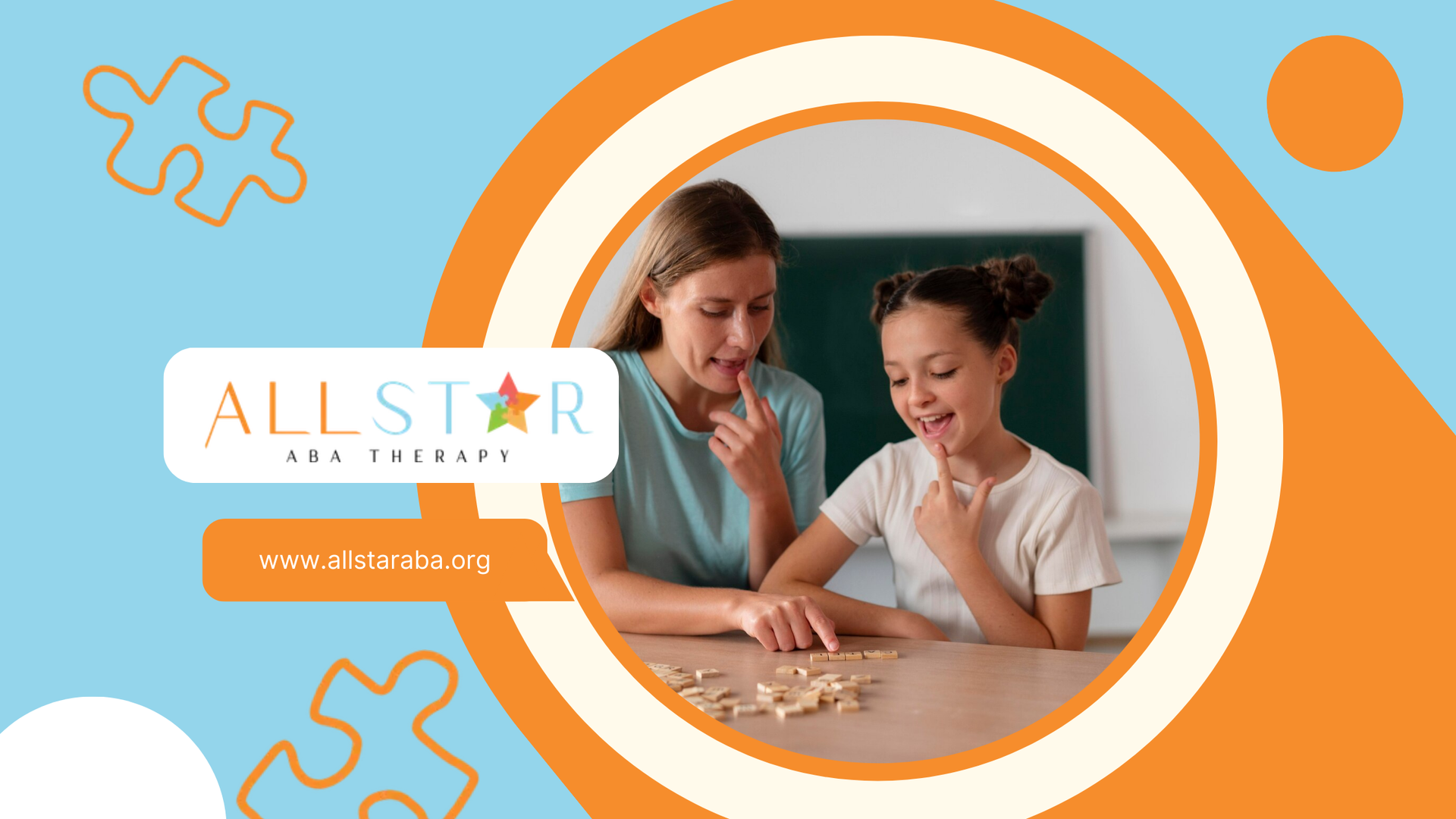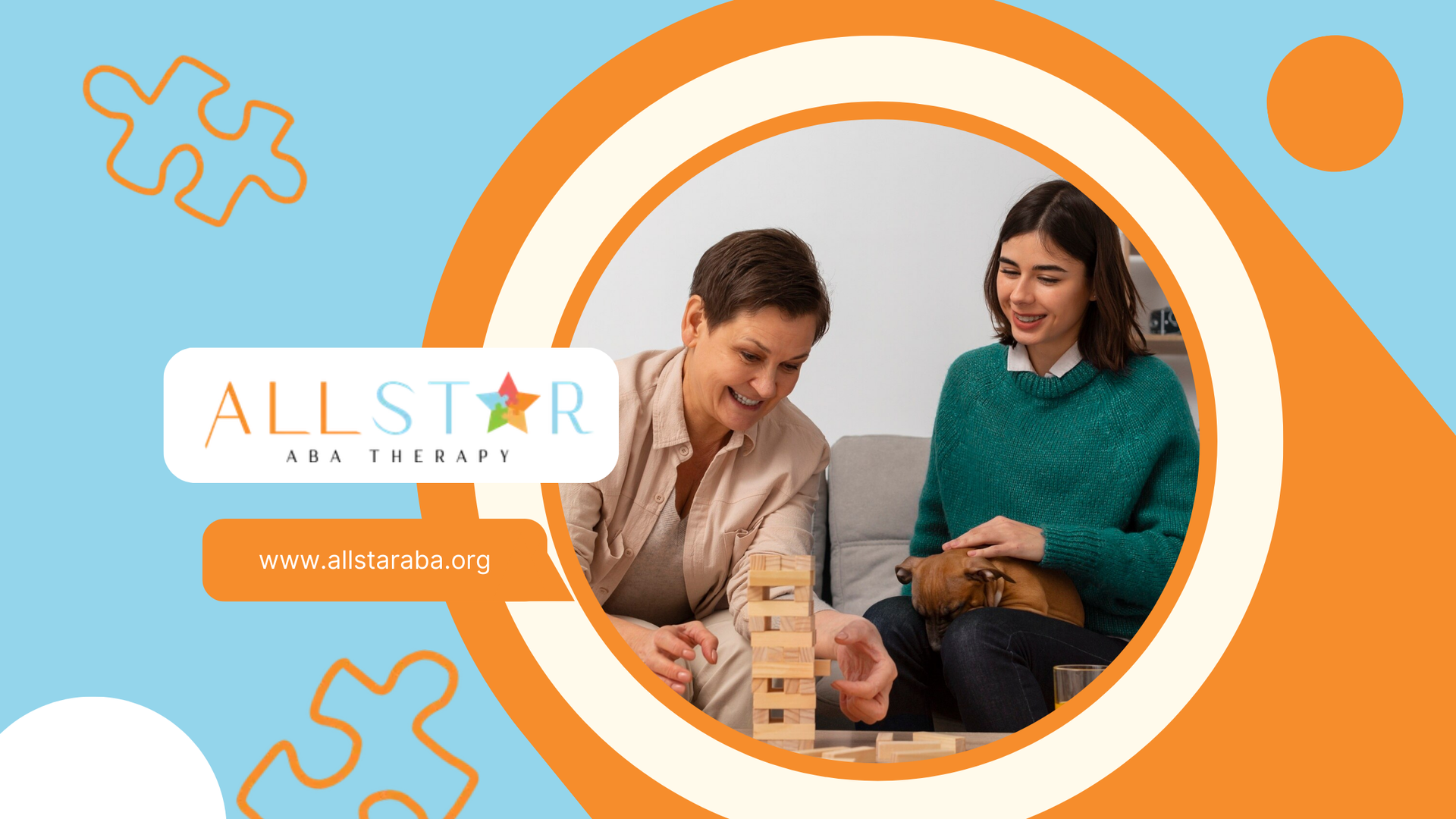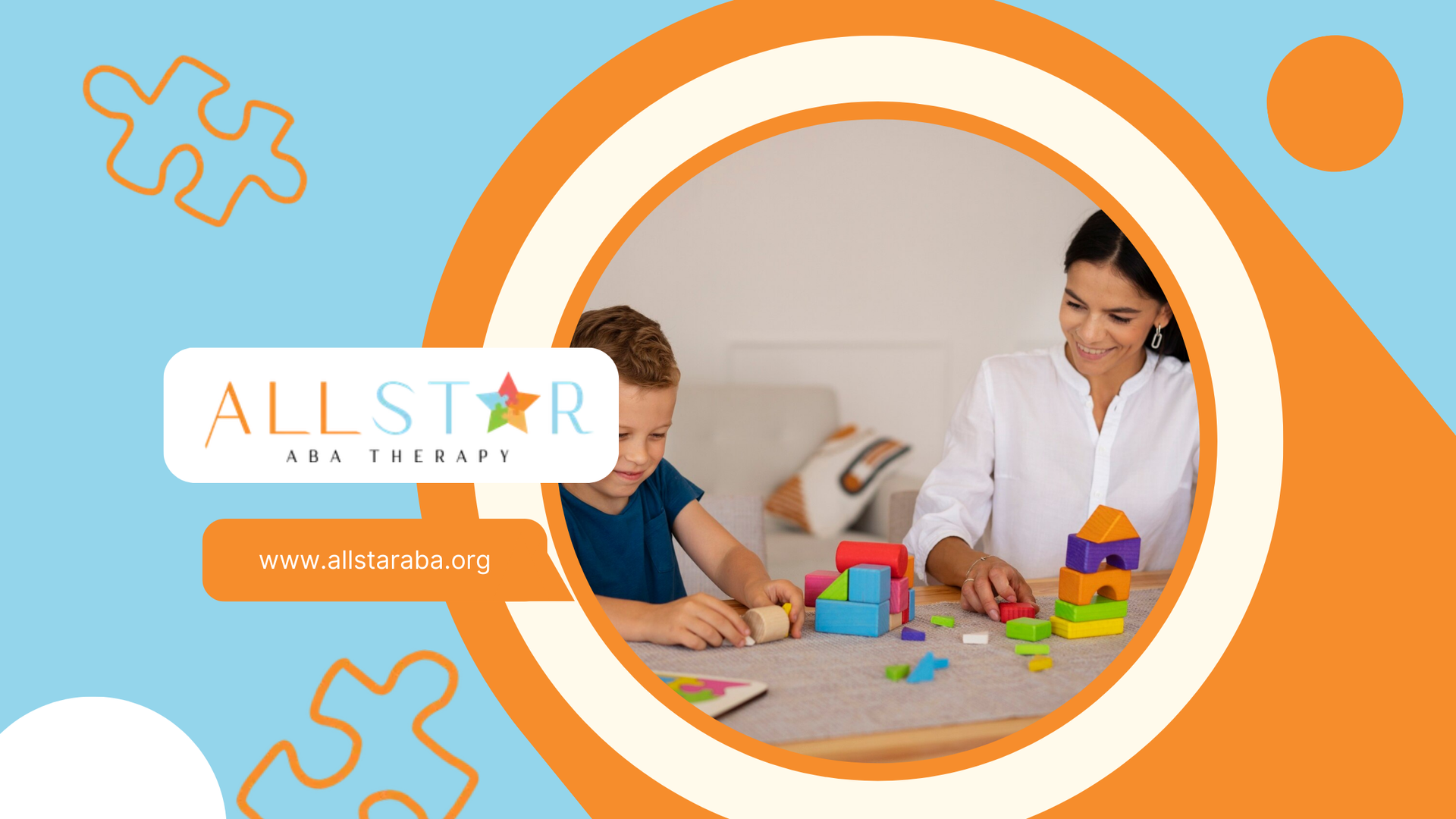New Paragraph
Noise Canceling Headphones: A Must-Have for Autism
For many people on the autism spectrum, sensory overload, particularly from noise in the outside world, is a common challenge. Noise-canceling headphones offer a practical solution by minimizing distracting sounds and creating a quieter, more manageable auditory environment. These headphones can dramatically improve the quality of life for people with autism spectrum disorder (ASD), decreasing anxiety and enabling them to focus better and engage with their surroundings.
Understanding Noise Canceling Technology in Headphones
For many people on the autism spectrum, sensory overload, particularly from noise in the outside world, is a common challenge. Noise-canceling headphones that have been used for a long time offer a practical solution by minimizing distracting sounds and creating a quieter, more manageable auditory environment. These headphones can dramatically improve the quality of life for autistic people, decreasing anxiety and enabling them to focus better and engage with their surroundings.
On the other hand, passive noise cancellation uses physical materials like dense padding and well-sealed earcups to block out sound waves. While not as effective as ANC for consistent, low-frequency noise, passive noise cancellation is generally better for blocking out higher-frequency sounds.
The Science Behind Noise Cancellation
The magic of noise cancellation lies in the science of sound waves. Active noise cancellation is based on the principle of wave interference. ANC headphones effectively nullify the unwanted ambient noise by generating sound waves that are 180 degrees out of phase with the incoming noise. Imagine this: when two ripples in a pond collide, they cancel each other out.
Active noise cancellation technology replicates this phenomenon with sound waves, creating a quieter listening experience. It's particularly effective for constant, low-frequency noises, such as airplane engine hum or traffic sounds. However, ANC headphones may not eliminate sharp, sudden noises.
Active vs. Passive Noise Cancellation: What's Best for Autism?
Both active and passive noise cancellation can be beneficial for autistic individuals, but the best choice depends on the individual's sensitivities and the environment. Active noise cancellation is generally more effective in environments with constant, droning noises like airplanes, buses, or crowded spaces. By significantly reducing background noise, ANC headphones create a calmer and less overwhelming sensory experience.
Passive noise cancellation, while not as powerful as ANC, is often preferred for its simplicity, affordability, and lack of electronic components. It can be a good option for blocking out higher-pitched sounds, like conversations or clattering dishes, and even white noise can enhance the experience of using a pair of headphones. Ultimately, the best approach is to try different types of noise-canceling headphones and determine which is most effective and comfortable.
Benefits of Noise Canceling Headphones for Individuals with Autism
Noise-canceling headphones can significantly enhance the quality of life for autistic people by minimizing sensory overload and creating a more calming environment. They can be particularly helpful in managing challenging situations, such as crowded places, loud social gatherings, or even just everyday household noise.
By reducing auditory distractions, these headphones help individuals with autism regulate their sensory input, leading to decreased anxiety, improved focus, and a greater sense of control over their environment.
Enhancing Focus and Reducing Distractions
For many autistic individuals, focusing on tasks can be difficult, especially in environments with a lot of background noise. Noise-canceling headphones can be incredibly helpful in minimizing these distractions and creating a quieter, more focused space. Whether it's studying, reading, working on a computer, or simply trying to concentrate on a conversation, these headphones can make a world of difference.
By reducing competing sounds and creating a sense of auditory isolation, noise-canceling headphones allow individuals with autism to better focus their attention and reduce the sensory overload that can lead to anxiety and difficulty concentrating.
Promoting Calmness in Overstimulating Environments
Loud, chaotic environments can be particularly overwhelming for autistic individuals, often leading to sensory overload, anxiety, and even meltdowns caused by loud noises from their neighbours. Noise-canceling headphones can be a valuable tool in such situations, providing a much-needed sense of calm and control. Imagine the relief of being able to soften the overwhelming roar of a crowded shopping mall or dampen the jarring clanging of a busy restaurant.
By reducing the intensity of these overwhelming sounds, noise-canceling headphones create a more manageable sensory experience, allowing individuals with autism to navigate challenging environments with less stress and anxiety.
How to Select the Right Noise Canceling Headphones
Choosing the right noise-canceling headphones for an autistic individual requires careful consideration of their specific needs and sensibilities. Factors such as the type and level of noise cancellation, comfort, fit, and additional features can all impact the effectiveness and overall user experience.
It's essential to involve the individual in the selection process as much as possible, considering their preferences for over-ear or in-ear styles, as well as any sensitivities to pressure or texture.
Key Features to Look For
When selecting noise canceling headphones for individuals with autism, certain features are particularly important to consider:
- Level of Noise Cancellation: Look for headphones with adjustable levels of noise cancellation to allow for customization based on the environment and individual sensitivity.
- Comfort and Fit: Choose headphones with soft, padded earcups and adjustable headbands to ensure a comfortable fit for extended wear.
- Durability: Opt for headphones made from sturdy materials that can withstand regular use.
- Battery Life: Consider headphones with a long battery life, especially if they'll be used for extended periods or travel.
- Additional Features: Features like Bluetooth connectivity, volume limiting options, and a built-in microphone can enhance the user experience.
Comfort and Fit: Ensuring a Good User Experience
Comfort is paramount when choosing noise-canceling headphones for individuals with autism, as discomfort can be a significant distraction and hinder effectiveness. Headphones that are too tight, pinch, or have rough textures can cause sensory discomfort.
Look for headphones with adjustable headbands and soft, padded earcups that provide a snug but gentle fit. Consider the earcup material as well, opting for breathable fabrics that won't trap heat or cause sweating. A proper fit ensures that the headphones effectively block out noise without causing pressure points or irritation, allowing individuals with autism to comfortably enjoy a quieter sensory experience and enhance their overall vibes.
Over-Ear Headphones: Pros and Cons
Over-ear headphones are a popular choice for noise cancellation, offering several advantages. The encompassing earcups provide a good seal around the ears, maximizing passive noise reduction. This design also typically allows for larger drivers and more sophisticated ANC technology, resulting in more effective noise cancellation, particularly for lower-frequency sounds.
However, over-ear headphones can be bulkier and less portable than in-ear options. Some individuals might find them heavy or uncomfortable for long periods, especially those sensitive to pressure on the head or around the ears.
In-Ear Options: Advantages and Disadvantages
Look for headphones with adjustable headbands and soft, padded earcups that provide a snug but gentle fit. Consider the earcup material as well, opting for breathable fabrics that won't trap heat or cause sweating. A proper fit ensures that the headphones effectively block out noise without causing pressure points or irritation, allowing individuals with autism to comfortably enjoy a quieter sensory experience and enhance their overall vibes.
However, the level of noise cancellation offered by in-ear options is generally not as effective as that of over-ear headphones or ear muffs, especially for lower-frequency rumbling noises compared to ear defenders, particularly when considering full-size headphones. Finding a comfortable and secure fit can also be more challenging with in-ear headphones, and some individuals might find them irritating or uncomfortable to wear for extended periods.
Real-Life Usage: Stories from the Autism Community
Many autistic individuals and their families have shared life-changing experiences using noise-canceling headphones. Parents report significant improvements in their children's ability to focus at school or handle noisy environments with less anxiety.
Autistic adults have shared how these headphones provide a sense of calm and control, enabling them to better manage sensory overload and engage more fully in daily activities.
Parents' Experiences and Recommendations
Parents of autistic children often rave about the positive impact of noise-canceling headphones. They describe significant reductions in meltdowns, improved sleep quality, and increased ability to participate in family outings and social events.
Many parents emphasize the importance of introducing headphones and earplugs gradually and allowing their children to choose what they listen to, empowering them to manage their own sensory input. Recommendations often include seeking professional advice for selecting headphones and earplugs appropriate for a child's age and sensitivity level, while prioritizing comfort and durability for long-term use.
Feedback from ABA Therapists and Educators
Applied Behavior Analysis (ABA) therapists and educators have also recognized the benefits of noise-canceling headphones for autistic individuals in therapeutic and educational settings. They report improvements in focus, task completion, and on-task behavior when using headphones to reduce distractions.
In classrooms, these headphones can help create a calmer learning environment for students with autism, allowing them to better concentrate on lessons and engage with peers. ABA therapists find that headphones can be particularly helpful during sessions, minimizing distractions and helping individuals with autism focus on therapeutic activities.
Addressing Concerns: Common Questions About Using Headphones
While noise-canceling headphones offer numerous benefits for autistic individuals, some common concerns and questions arise regarding their use. Addressing these concerns openly and proactively can help ensure the safe and effective integration of headphones into an individual's routine.
It's important to approach headphone use with a balanced perspective, prioritizing both the potential benefits and the importance of developing healthy listening habits.
Volume Control and Hearing Safety
One of the primary concerns about using any headphones, especially for children, is the potential risk of hearing damage due to excessive volume. Therefore, it's crucial to prioritize hearing safety by setting appropriate volume limits and monitoring usage.
Many noise-canceling headphones designed specifically for children come with built-in volume limits to protect their sensitive hearing. For headphones without this feature, caregivers can utilize volume-limiting apps or devices to restrict the maximum output. Educating children about safe listening habits, such as taking breaks and avoiding prolonged exposure to loud sounds, is crucial for protecting their hearing health in the long term.
Balancing Use with Social Interaction and Awareness
Another concern is the potential for noise-canceling headphones to isolate individuals with autism from necessary social interactions and environmental awareness. While these headphones can create a calming personal space, it's important to strike a balance and avoid using them in situations where social engagement and environmental awareness are crucial.
Encourage individuals to use headphones strategically, such as during overwhelming sensory experiences or when focusing on tasks, and to take breaks from headphone use to interact with others and engage with their surroundings.
Conclusion
Noise-canceling headphones are not just about reducing noise; they can significantly benefit individuals with autism by enhancing focus and promoting calmness in overstimulating environments. Selecting the right pair, considering comfort and fit, is crucial for a positive experience. Real-life stories from the autism community highlight the positive impact of these headphones. Addressing concerns such as volume control and balancing headphone use with social interaction is essential. By understanding the benefits and considerations, noise-canceling headphones can be a valuable tool in supporting individuals with autism in various settings.
As a leading ABA provider in Maryland,
All Star ABA understands the importance of creating a supportive environment for individuals with autism. We recognize the potential benefits of noise-canceling headphones in reducing sensory overload and improving focus.
Our experienced team of behavior analysts can recommend suitable noise-canceling headphones and provide strategies for incorporating them into your child's daily routine. Choose All Star ABA for compassionate, personalized care that prioritizes your child's well-being.
Frequently Asked Questions
Can noise-canceling headphones help with auditory processing disorder as well?
Yes, noise-canceling headphones can potentially benefit individuals with auditory processing disorder (APD) by reducing background noise and making it easier to focus on speech and other important sounds. However, it's important to consult with an audiologist for a proper diagnosis and recommendations.
How long can noise-canceling headphones be used each day for autistic individuals?
There is no set time limit, but it's generally recommended to take breaks every hour to prevent ear fatigue and allow for social interaction. Factors such as age, sensitivity, and the specific headphone model can influence appropriate usage time.
Are there any age restrictions for using noise canceling headphones for children with autism?
While there are no strict age restrictions, it's crucial to choose headphones specifically designed for children with volume-limiting features to protect their developing ears. Consulting with an audiologist can provide personalized recommendations.
Need Support?
We're Here to Help!
Our experienced team is ready to assist you. Reach out today to discuss how we can support your child's development and well-being.
Get started with expert ABA therapy today.
Related posts

All Star ABA delivers the gold standard of care, Applied Behavioral Analysis (ABA) therapy, for individuals diagnosed with ASD, from infancy to age 21.
Quick Links
All Rights Reserved | All Star ABA


